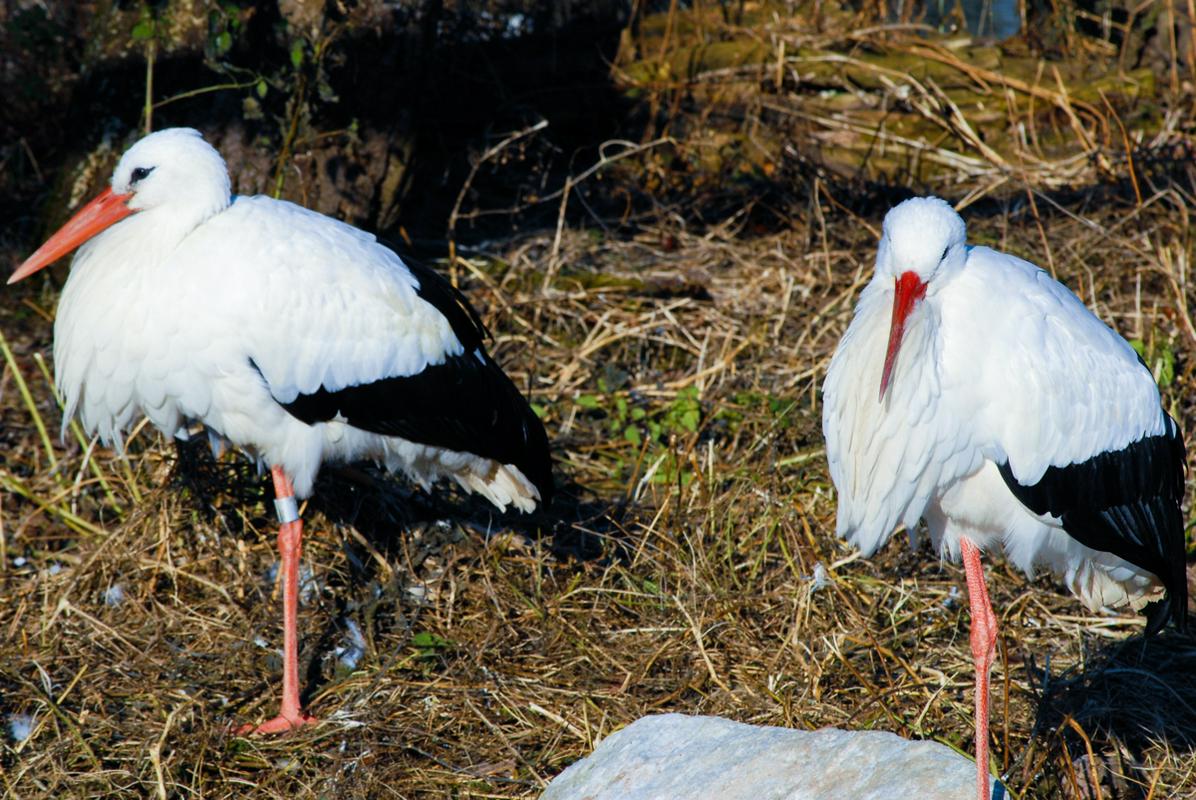
The storks fly south each winter. They travel through the Balkans, Turkey, down to Egypt and then on to the tropics of sub-Saharan Africa, where most spend the winter. In the spring, they make the long return trek. Amazingly, their superb sense of orientation helps them to find the very nests they left behind many months ago – the avian equivalent of finding a needle in a haystack.
And for the most part, the residents of Prekmurje love their storks. Each spring, they inspect and clean the nests to make sure they are ready for their owners’ return. In some cases, they add special supports to ensure the nests’ stability. (Some of the nests weigh half a Metric ton or more.) When the storks finally fly in, their arrival is greeted with excited reports from the media. The annual event is a rite of spring. In addition to bringing good luck, the storks are also important to Prekmurje’s tourism and its image as an environmentally sound destination.
In turn, Prekmurje – with its wide-open, well-tended fields and scattered villages -- provides an ideal habitat for the birds. And their numbers are growing. In 1999, the village of Velika Polana was officially declared a “Village of Storks,” one of only handful of European villages to receive the honor. The rising stork populations have also brought storks to other pats of Slovenia, including Bela Krajina is the southeastern part of the country.
The continued health of Slovenia’s stork population, however, depends – more than anything else – on the state of the country’s environment. Only if it remains sound will storks continue to inhabit the villages to whose identity they have contributed so much.
Jaka Bartolj

































































